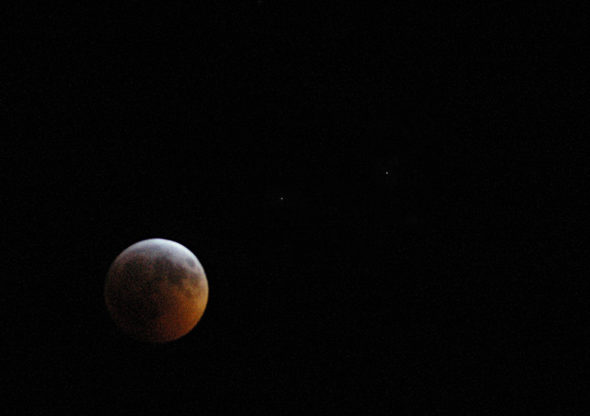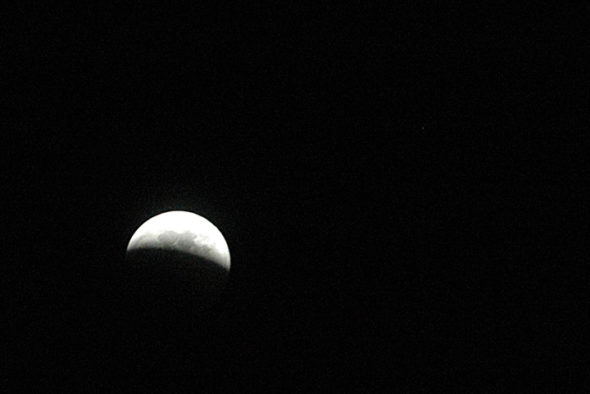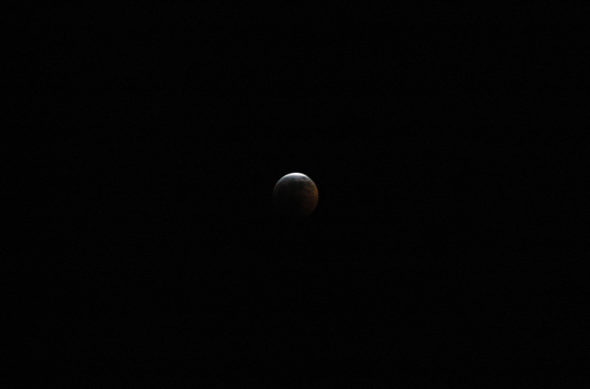Super Blood Wolf Moon over the village
- Published: January 21, 2019
The Super Blood Wolf Moon, captured at around 11:50 p.m., Jan. 20. This full lunar eclipse — the last one until May, 2021 — lived up to its lengthy monicker in several ways. It was the first full moon of the year, which is referred to as a “wolf” moon. The moon was also at its closest to the earth, appearing about 10 percent larger than usual, as such putting the “super” into “super moon.”
As for the “blood” part: in a total lunar eclipse, the only light that reaches the moon is refracted by the earth’s atmosphere, which scatters blue light but allows the reds and yellows to pass, bathing the eclipsed moon in the hues of literally all the world’s sunsets.
The Yellow Springs News encourages respectful discussion of this article.
You must login to post a comment.
Don't have a login? Register for a free YSNews.com account.
















No comments yet for this article.